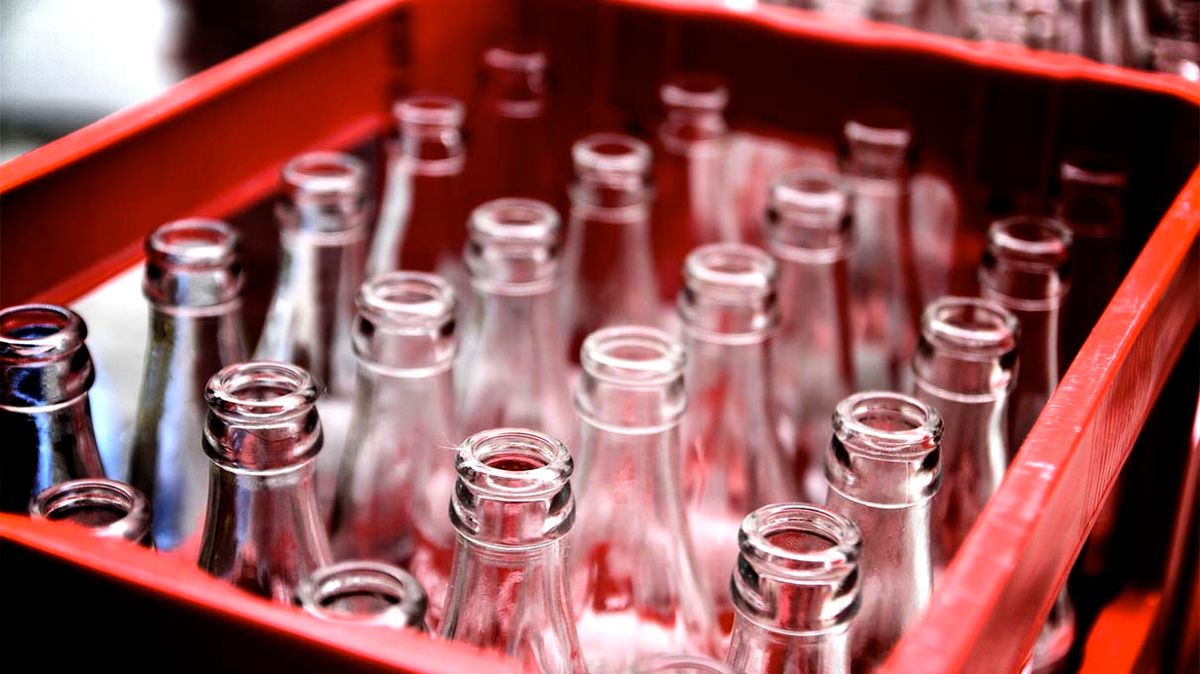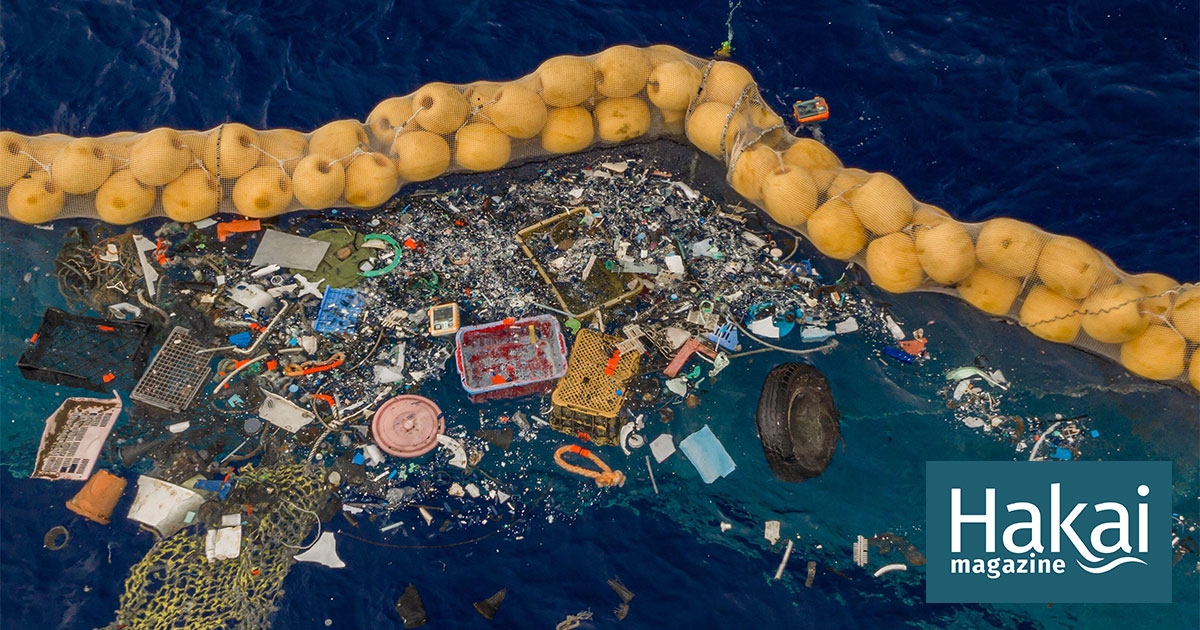daftandbarmy
Army.ca Dinosaur
- Reaction score
- 31,872
- Points
- 1,160
Virtue signallers' heads exploding in 3.... 2.... 1....
In the '80s, the industry was at the centre of an environmental backlash. Fearing an outright ban on plastics, manufacturers looked for ways to get ahead of the problem. They looked at recycling as a way to improve the image of their product and started labeling plastics with the now ubiquitous chasing-arrows symbol with a number inside.
According to Ronald Liesemer, an industry veteran who was tasked with overseeing the new initiative, "Making recycling work was a way to keep their products in the marketplace."
Most consumers might have assumed the symbol meant the product was recyclable. But according to experts in the film, there was no economically viable way to recycle most plastics, and they have ultimately ended up in a landfill. This included plastic films, bags and the wrapping around packaged goods, as well as containers like margarine tubs.
"Our own customers … they would flat out say, 'It says it's recyclable right on it,'" says Coy Smith, former board member of the National Recycling Coalition. "And I'd be like, 'I can tell you, I can't give this away. There's no one that would even take it if I paid them to take it.'" He believes manufacturers used the symbol as a green marketing tool.
"If the public thinks that recycling is working, then they're not going to be as concerned about the environment," says Larry Thomas, another top industry official interviewed in Plastic Wars.
According to Lewis Freeman, a former vice-president with the Society of the Plastics Industry, many in the industry had doubts about recycling from the start. "There was never an enthusiastic belief that recycling was ultimately going to work in a significant way," he says.
Yet the plastic industry spent millions on ads selling plastics and recycling to consumers.
To solve the plastic waste problem, many recyclers started selling their product to China in the 1990s. According to recycling broker Sunil Bagaria, China took waste that North American recyclers couldn't use. "As long as it remotely resembled plastic, they wanted it," he says.
But they used the good stuff and disposed of the rest. And because of a growing plastic waste problem in that country, China finally stopped taking most imported plastic waste in 2018.
"We never asked the question, 'Are they doing it the right way? Are we damaging the environment more in the name of recycling?'" says Bagaria.
Now, Southeast Asian countries like Indonesia have picked up the plastic waste market. And although some North American plastics recyclers are following up to ensure their products are in fact being recycled, plastic waste is now a growing problem there, too.
According to Plastic Wars the problem is only going to get worse. By 2050, it's estimated the global production of plastic will triple. As the oil and gas industry — which provides the source materials for plastics — faces a future of declining demand for fuel, it has turned to other markets.
The stakes are high, says Annie Leonard, executive director of Greenpeace USA. "This is their lifeline," she says. "They are going to double down on single-use plastic like we have never seen. So we're heading towards a real battle.... This is the big war."
In the '80s, the industry was at the centre of an environmental backlash. Fearing an outright ban on plastics, manufacturers looked for ways to get ahead of the problem. They looked at recycling as a way to improve the image of their product and started labeling plastics with the now ubiquitous chasing-arrows symbol with a number inside.
According to Ronald Liesemer, an industry veteran who was tasked with overseeing the new initiative, "Making recycling work was a way to keep their products in the marketplace."
Most consumers might have assumed the symbol meant the product was recyclable. But according to experts in the film, there was no economically viable way to recycle most plastics, and they have ultimately ended up in a landfill. This included plastic films, bags and the wrapping around packaged goods, as well as containers like margarine tubs.
"Our own customers … they would flat out say, 'It says it's recyclable right on it,'" says Coy Smith, former board member of the National Recycling Coalition. "And I'd be like, 'I can tell you, I can't give this away. There's no one that would even take it if I paid them to take it.'" He believes manufacturers used the symbol as a green marketing tool.
"If the public thinks that recycling is working, then they're not going to be as concerned about the environment," says Larry Thomas, another top industry official interviewed in Plastic Wars.
According to Lewis Freeman, a former vice-president with the Society of the Plastics Industry, many in the industry had doubts about recycling from the start. "There was never an enthusiastic belief that recycling was ultimately going to work in a significant way," he says.
Yet the plastic industry spent millions on ads selling plastics and recycling to consumers.
To solve the plastic waste problem, many recyclers started selling their product to China in the 1990s. According to recycling broker Sunil Bagaria, China took waste that North American recyclers couldn't use. "As long as it remotely resembled plastic, they wanted it," he says.
But they used the good stuff and disposed of the rest. And because of a growing plastic waste problem in that country, China finally stopped taking most imported plastic waste in 2018.
"We never asked the question, 'Are they doing it the right way? Are we damaging the environment more in the name of recycling?'" says Bagaria.
Now, Southeast Asian countries like Indonesia have picked up the plastic waste market. And although some North American plastics recyclers are following up to ensure their products are in fact being recycled, plastic waste is now a growing problem there, too.
According to Plastic Wars the problem is only going to get worse. By 2050, it's estimated the global production of plastic will triple. As the oil and gas industry — which provides the source materials for plastics — faces a future of declining demand for fuel, it has turned to other markets.
The stakes are high, says Annie Leonard, executive director of Greenpeace USA. "This is their lifeline," she says. "They are going to double down on single-use plastic like we have never seen. So we're heading towards a real battle.... This is the big war."






